Featured Courses
More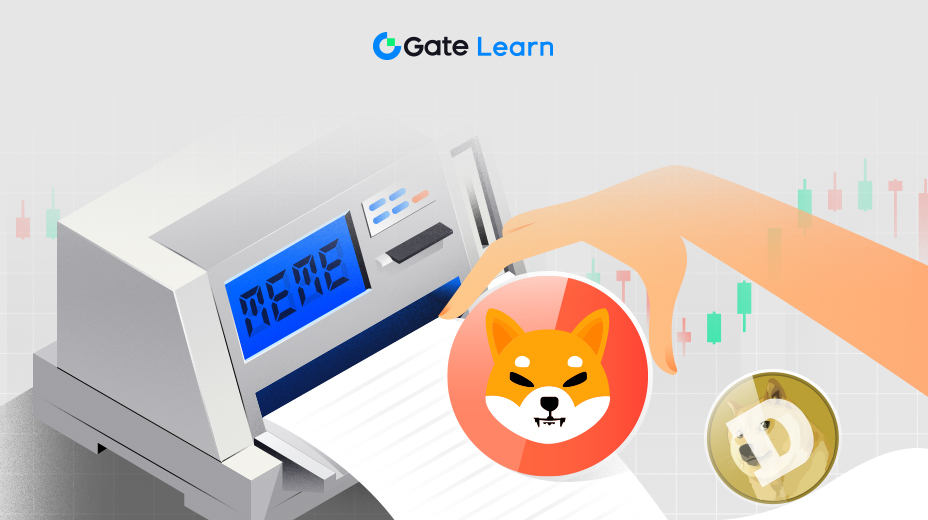
Intermediate
Introduction to Meme Tokens
Are you interested in learning about the fascinating world of meme coins? Whether you're a newcomer to cryptocurrency or a seasoned investor, meme coins have taken the world by storm and are making headlines across the globe. This course will provide you with an in-depth understanding of meme coins, including their history, token utility, community analysis, and future developments. Get ready to explore the exciting and unpredictable world of meme coins!

Intermediate
Technical analysis: A useful tool to understand trends in Futures trading
Understand candlestick patterns and recognize market trends. Build a technical analysis system to make informed trading decisions
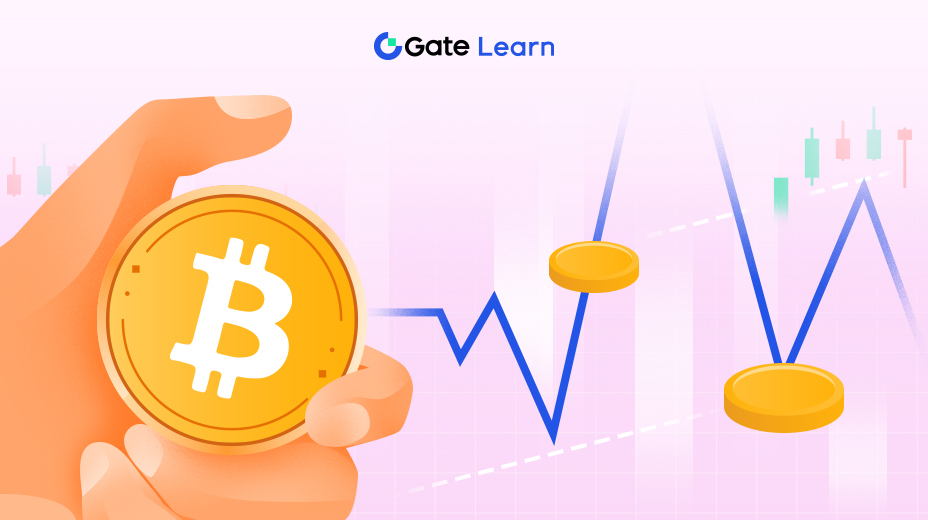
Advanced
Tools That Help You Trade Better: Moving Averages, Trend Lines, and Indicators
There are no trading rules that are applicable to any scenario. These courses will help you establish your own trading strategy, then test it and improve on it in practice
Learn by Topic
Topics
Altcoins
Bitcoin
Blockchain
DeFi
Ethereum
Metaverse
NFTs
Trading
Tutorial
Futures
Trading Bots
BRC-20
GameFi
DAO
Macro Trends
Wallets
Inscription
Technology
Meme
AI
SocialFi
DePin
StableCoin
Liquid Staking
Finance
RWA
Modular Blockchains
Zero-Knowledge Proof
Restaking
Crypto Tools
Airdrop
Gate Products
Security
Project Analysis
CryptoPulse
Research
TON Ecosystem
Layer 2
Solana
Payments
Mining
Hot Topics
P2P
Sui Ecosystem
Chain Abstraction
Options
Quick Reads
Video
Daily Report
Market Forecast
Trading Bots
VIP Weekly Industry Report
ETF Leveraged Tokens
Top Stories
XRP
Pi Network
VIP Daily Industry Report
In-Depth Research
Gate Ventures
Weekly Report
Investment News
Perpetual DEX
Web3 For Beginners
Tron
Base
Protocols
Dapp
Crypto Card
BNB Chain
Gate Private Wealth Management
Platform News
Brand Videos
Difficulty
Beginner
Intermediate
Advanced
Latest Courses
More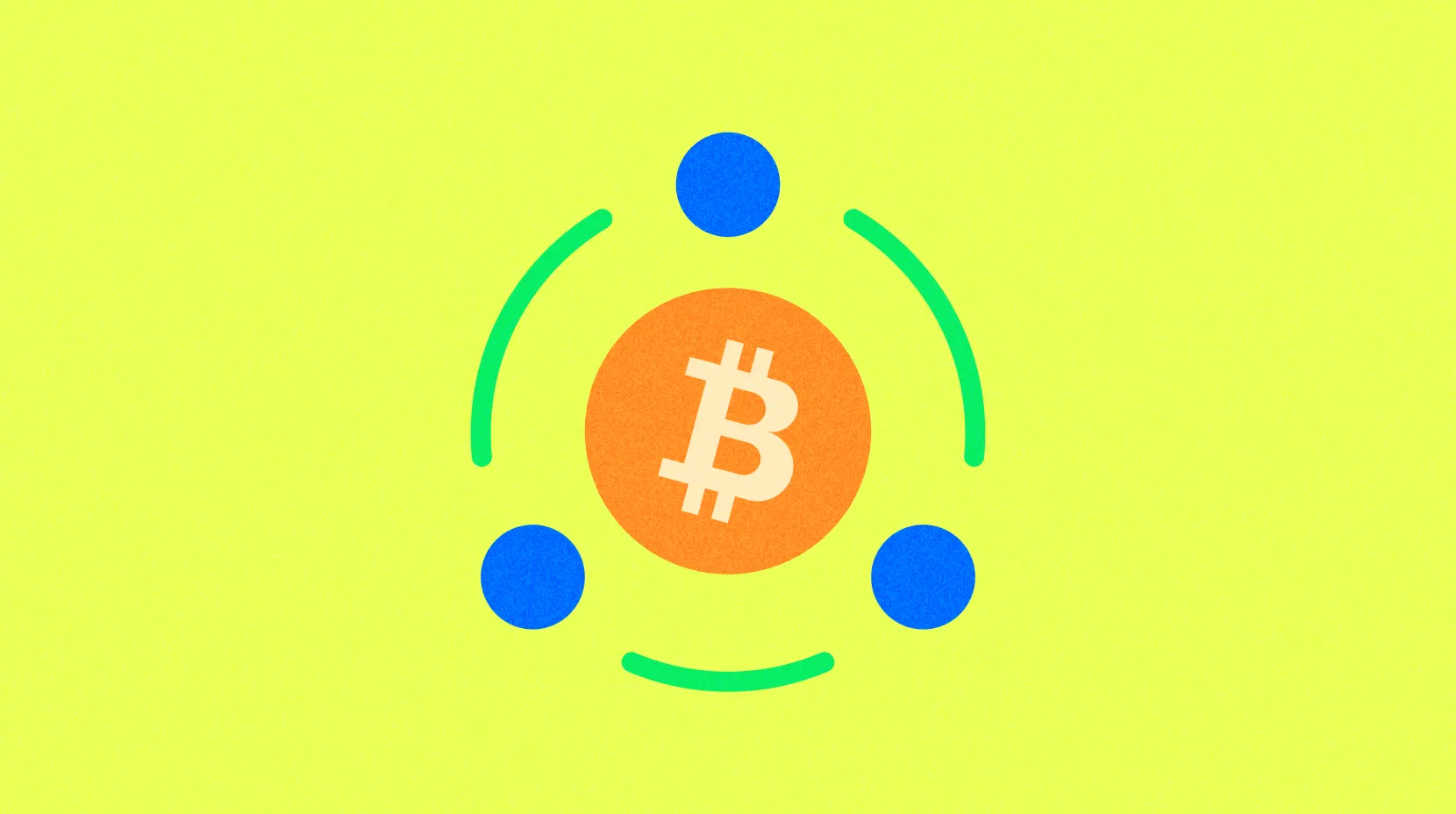
Intermediate
The Rise of Crypto Payments: How On-Chain Finance Enters Daily Life
Over more than a decade of blockchain evolving from concept to reality, crypto payments have become a crucial bridge connecting the digital world with the real economy. This course, “The Rise of Crypto Payments: How On-Chain Finance Enters Everyday Life”, aims to guide you—starting from an investment perspective—to understand how cryptocurrencies are transforming from assets into currencies. They are no longer merely speculative tools in financial markets but are becoming the new infrastructure reshaping the global payment system. Through a combination of technology, regulation, and real-world case studies, we will explore why payments are the most natural—and most transformative—landing point for the Web3 world.

Beginner
Trading Fundamentals
Welcome to The Beginner's Guide to Trading Fundamentals — a structured course crafted for learners aiming to build a solid foundation in both traditional finance and crypto markets. Whether you're a first-time explorer of the markets or an experienced trader looking to clarify strategic logic, this series will help you grasp the underlying principles of market operations. Covering topics from the differences between trading and investing to fundamental vs. technical analysis and market cycles and investor psychology, these five progressive lessons will teach you to combine analytical methods, risk management, and psychological discipline, empowering you to make more rational, higher-probability decisions in real market scenarios.

Intermediate
On-Chain Signals Made Simple: A Visualization Guide for Everyday Users
The transparent nature of blockchain makes "on-chain data" one of the most powerful tools for investors to identify trends, gauge market sentiment, and mitigate risks. This course will systematically guide investors in learning how to interpret capital flows, sentiment shifts, and user behavior. It covers practical methods for using mainstream on-chain analysis tools (such as Dune, Nansen, Meme GO, etc.), taking learners from beginner level to independently identifying trend signals.
Latest Articles
More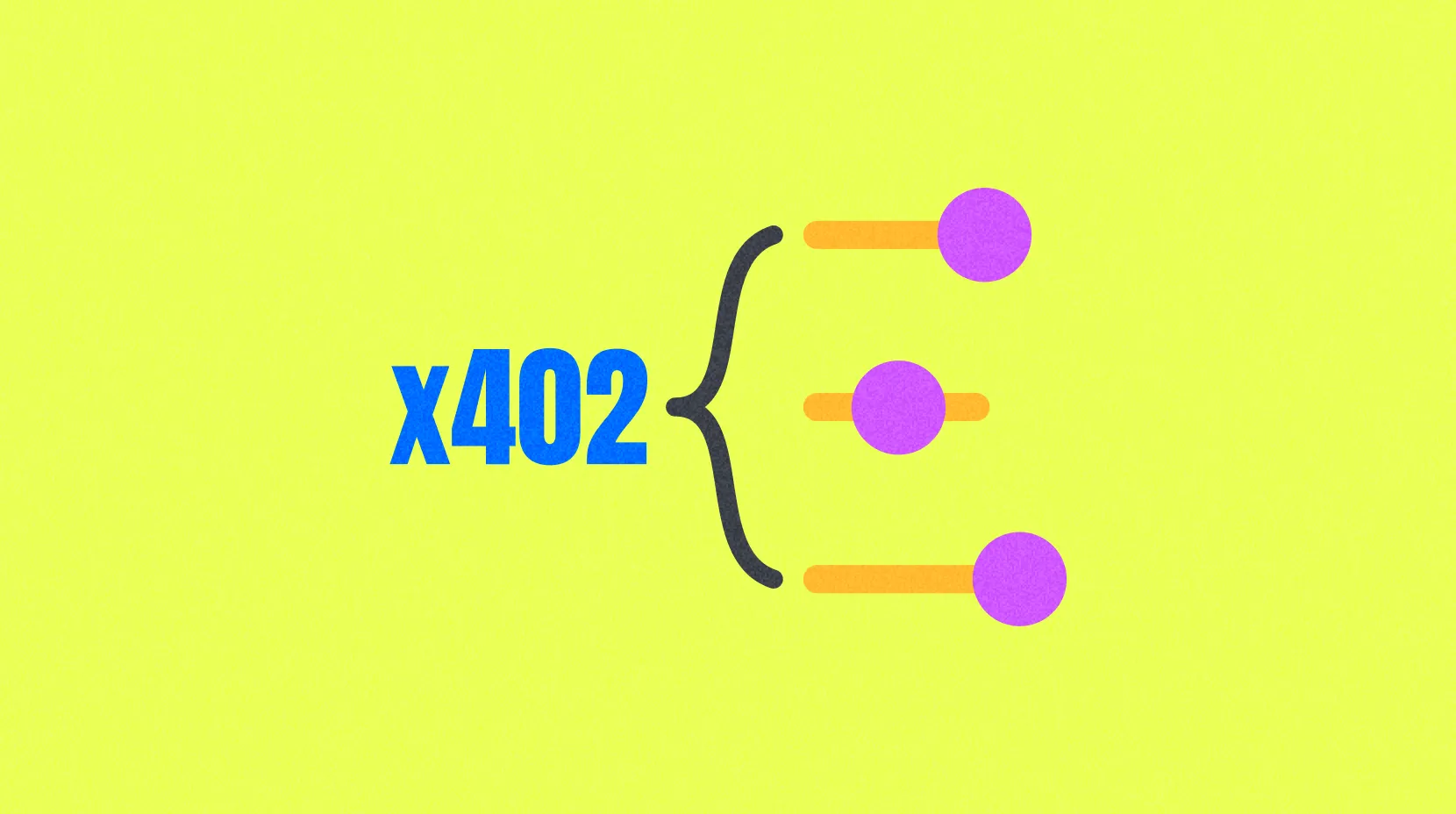
Intermediate
The Era of Encrypted AI Agents Has Arrived: How x402 Rewrites Financial and Tax Logic
This article examines the disruptive impact of HTTP 402 on traditional financial and tax paradigms, highlighting a relentless progression: eliminating intermediaries, enabling fragmented micropayments, and advancing cross-chain anonymity.
12/2/2025, 11:01:18 AM
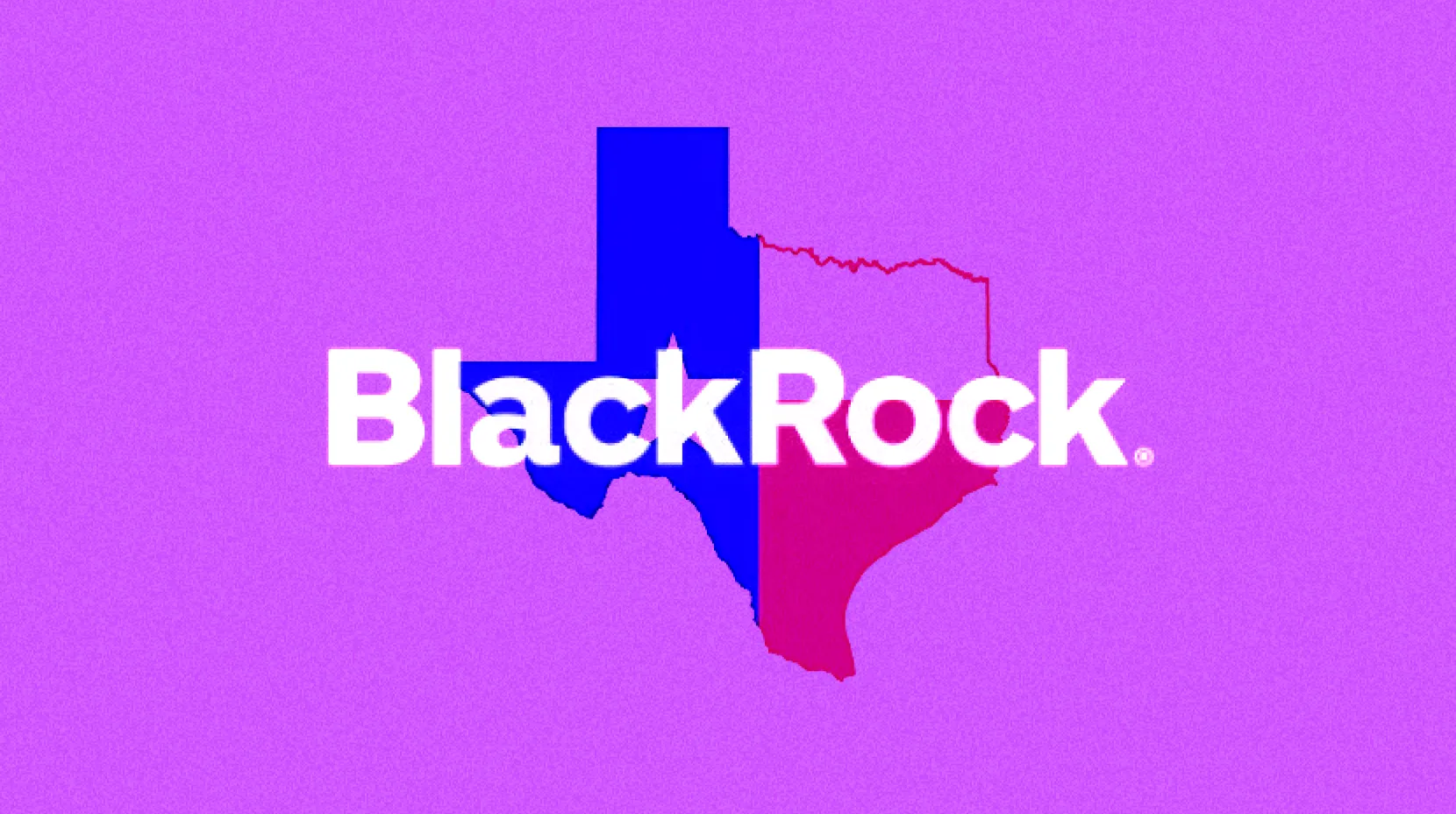
Intermediate
Why Texas is buying Bitcoin from BlackRock before building a real reserve
The article reveals the accounting and liquidity advantages of IBIT as a bridge for institutional transition, while also highlighting the long-tail impact of cold storage lock-ups on the market supply curve.
12/2/2025, 11:00:06 AM
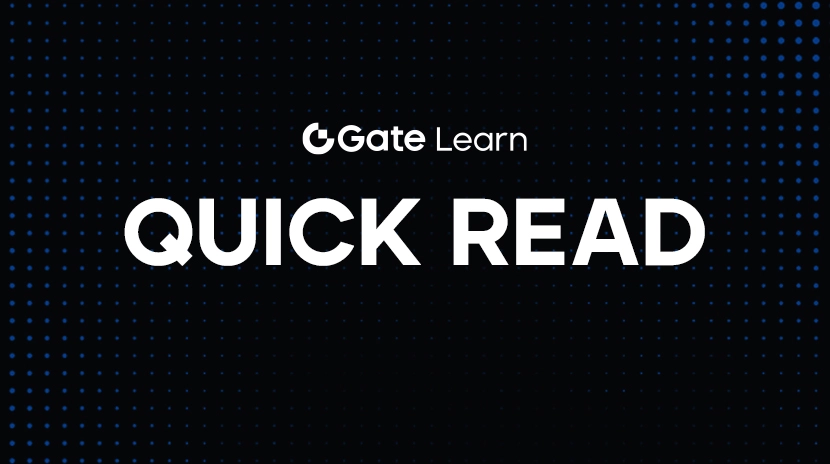
Intermediate
Stablecoins in 2025: Different Worlds, Different Journeys
The world of stablecoins in 2025 is sharply divided. Mainland China maintains its comprehensive ban on virtual currencies, categorizing stablecoins as illegal financial activities. In contrast, the global financial system is undergoing rapid transformation, driven by the accelerated integration of stablecoins and on-chain infrastructure. In this article, we use original regulatory texts as a foundation to analyze in depth the implications of “policy documents remain effective.” We also examine the dynamic evaluation of overseas stablecoins. The article explores significant changes in financial infrastructure through blockchain accounting, digital wallets, and asset tokenization, offering a clear perspective on the likely future trajectory of stablecoins.
12/2/2025, 10:58:01 AM
Latest Research
More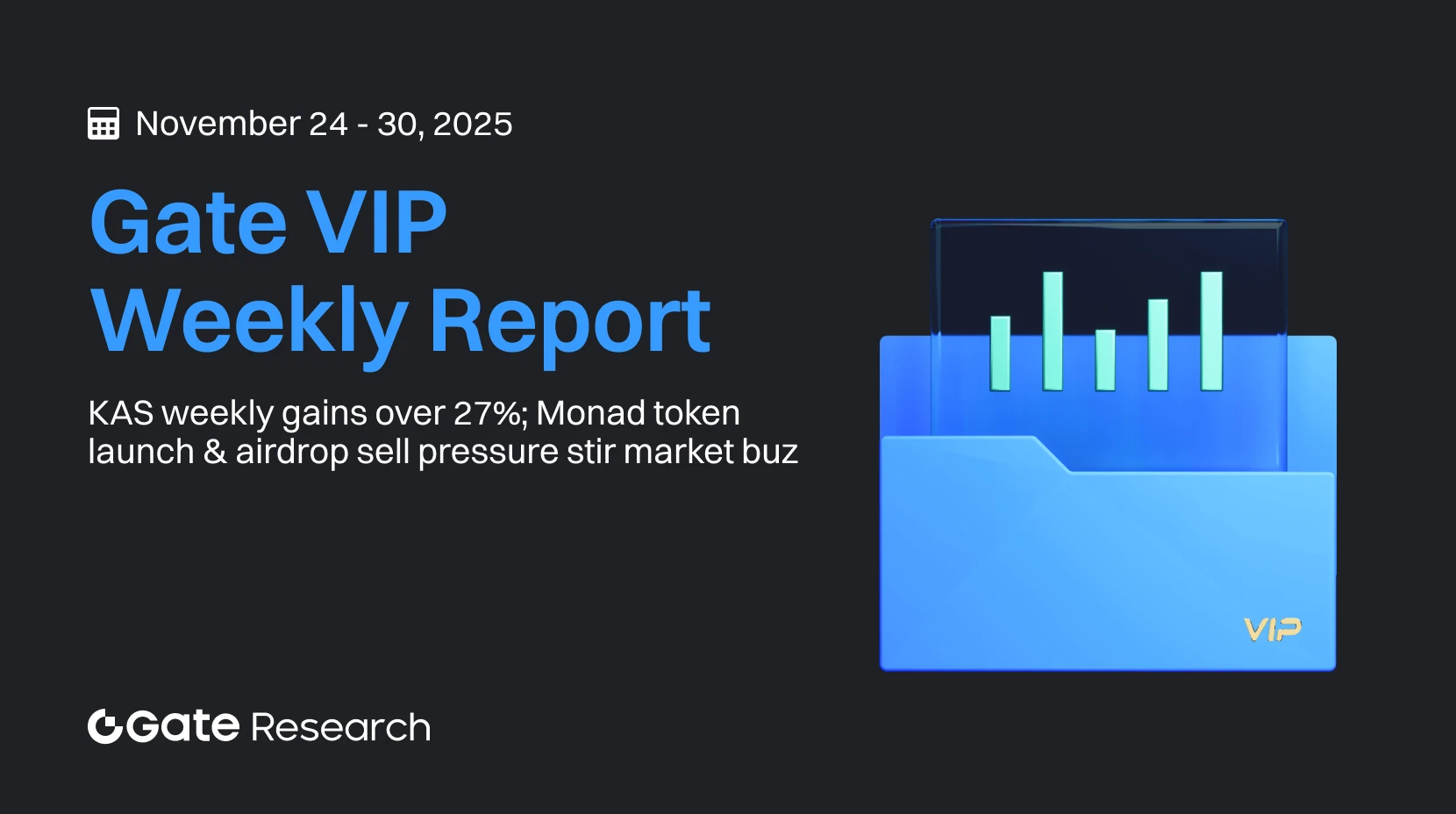
Advanced
 Gate Research: KAS Weekly Gains Over 27%; Monad Token Launch & Airdrop Sell Pressure Stir Market Buzz | Weekly Report for Gate VIPs
Gate Research: KAS Weekly Gains Over 27%; Monad Token Launch & Airdrop Sell Pressure Stir Market Buzz | Weekly Report for Gate VIPs
Gate Research: Bitcoin stabilized and rebounded last week, reclaiming the $90,000 level. Ethereum also recovered above $3,000, with both assets showing a steady, moderate correction. KAS led the market with a weekly gain of 27.19%, standing out as the top-performing asset. Starknet was the strongest-momentum ecosystem, with STRK staking participation and decentralization indicators trending higher. DeFi TVL has accelerated meaningfully since July, nearing its all-time high. Monad, on the other hand, showed a clear pattern of high network activity paired with heavy airdrop-driven sell pressure. Even with higher TPS and ecosystem incentives after its mainnet launch, over half of recipients sold their tokens, resulting in sharp price volatility.
12/2/2025, 10:34:08 AM
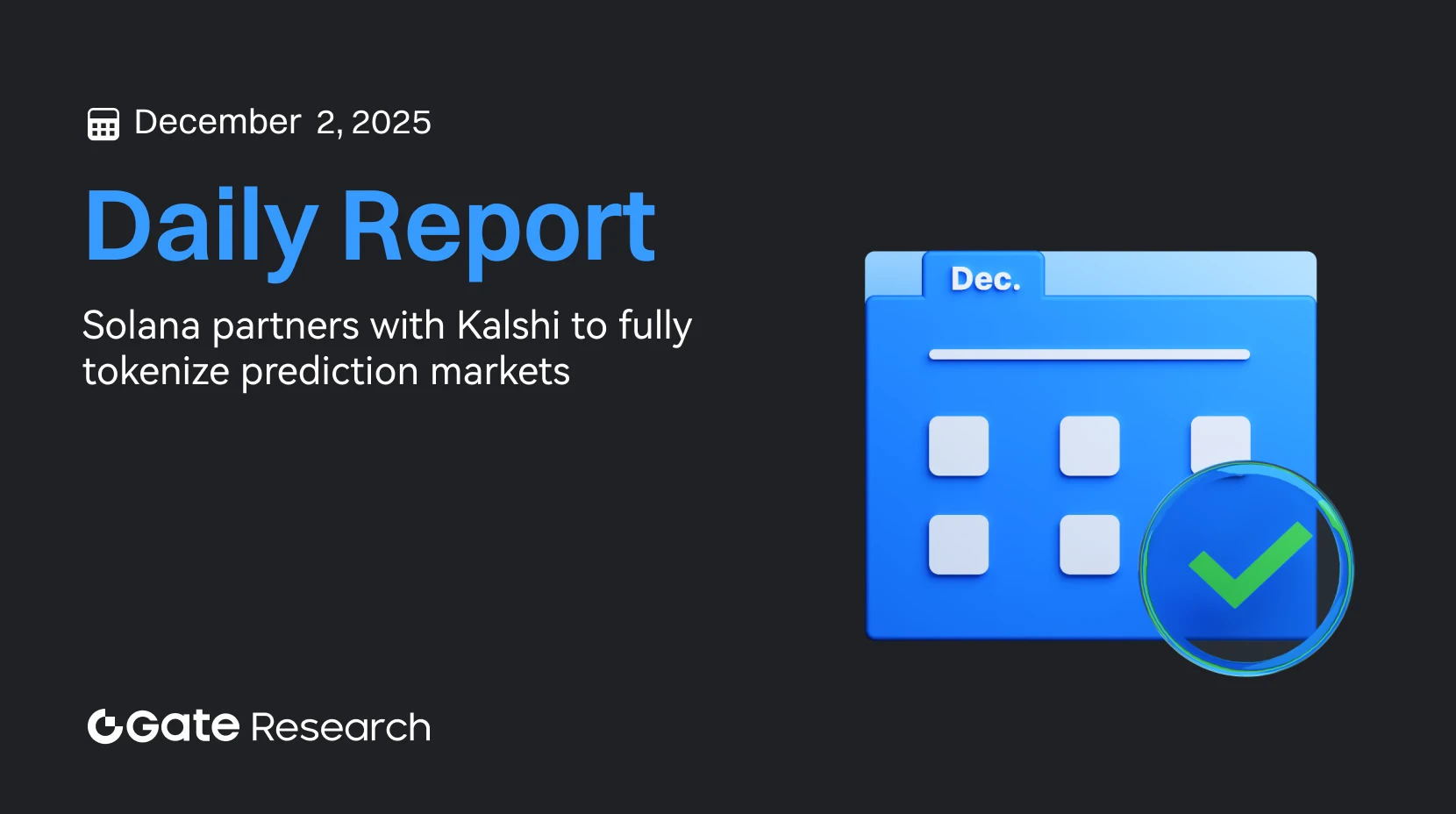
Advanced
Gate Research: Solana Partners with Kalshi to Fully Tokenize Prediction Markets | FED and FDIC Advance GENIUS Act Implementation
Gate Research Daily Report: Bitcoin fell further below $84,000 on Tuesday, and dragged by BTC’s correction, Ethereum dropped below $2,800 over the past 24 hours, approaching its key $2,600 support again. Ancient8 announced a partnership with the gaming identity layer Dæmons, driving A8 up 89% in the past 24 hours; PRIME’s recent gains were mainly fueled by exchange listings and trading incentives, rising 45% over the same period. Kalshi announced it will tokenize thousands of its existing prediction market contracts on Solana, a move likely to attract more institutional and retail participation; meanwhile, Strategy established a $1.44 billion dividend reserve fund to support payouts, signaling robust cash flow and liquidity management to investors.
12/2/2025, 9:10:02 AM
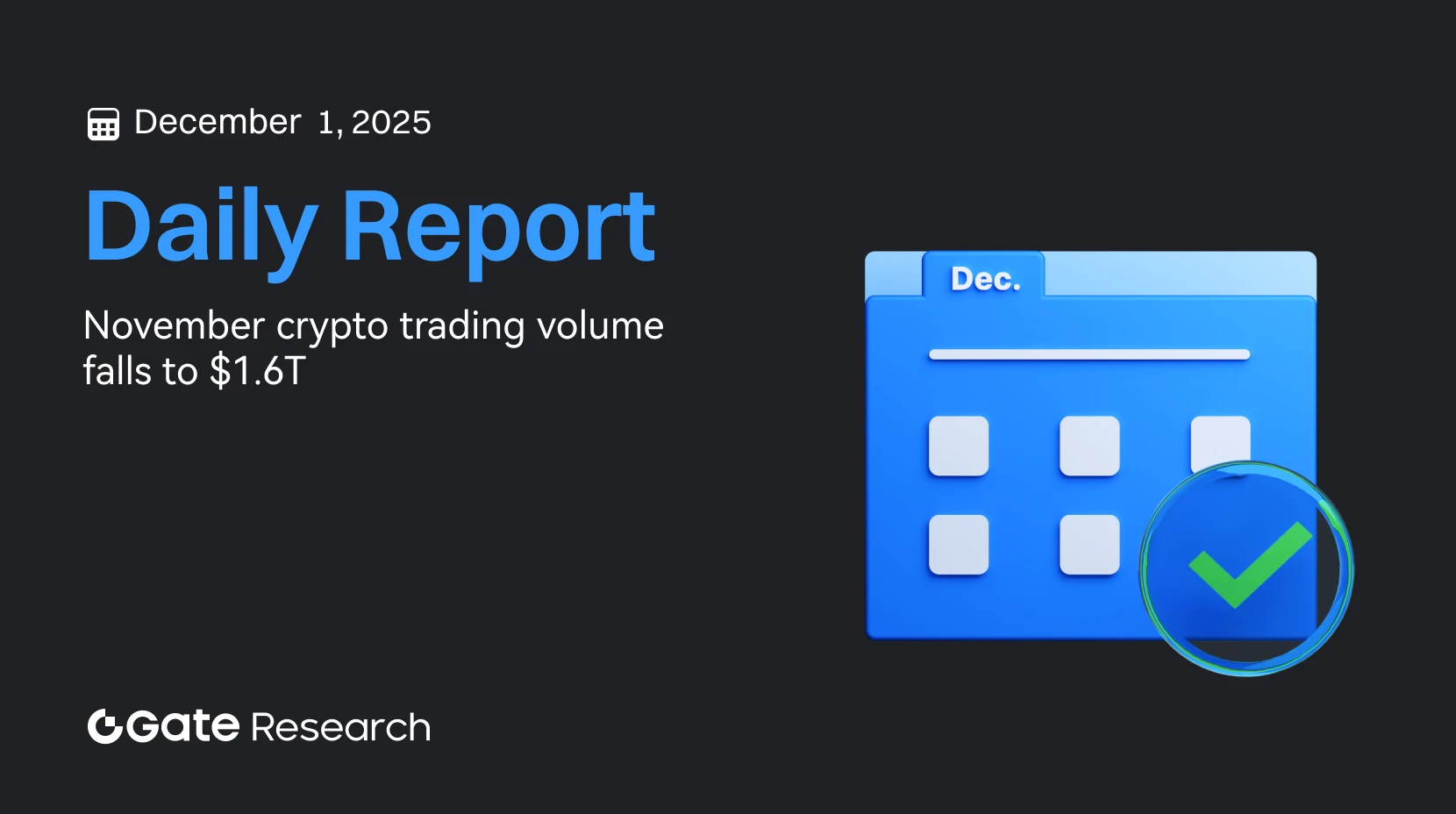
Advanced
Gate Research: November Crypto Trading Volume Falls to $1.6T | Chainlink Spot ETF Expected to Launch This Week
Gate Research Daily Report: On December 1, BTC experienced a high-volume plunge after a prolonged sideways consolidation at the upper range, forming a rapid downward structure and hitting a low of $86,317, confirming a short-term trend shift from sideways to bearish. ETH had been consolidating near $3,030 for several days but repeatedly failed to break above resistance, with momentum gradually weakening. The price then sharply broke down near the dense moving average zone, falling to a low of $2,831. In November, cryptocurrency trading volume fell to $1.6 trillion, the lowest level in nearly five months. TON and the Telegram ecosystem officially launched the decentralized privacy computing network Cocoon. A Chainlink spot ETF is expected to launch this week, while Grayscale plans to convert its private trust into an ETF.
12/1/2025, 6:16:21 AM
Glossary
Moreapr
Annual Percentage Rate (APR) is a financial metric expressing the percentage of interest earned or charged over a one-year period without accounting for compounding effects. In cryptocurrency, APR measures the annualized yield or cost of lending platforms, staking services, and liquidity pools, serving as a standardized indicator for investors to compare earnings potential across different DeFi protocols.
fomo
Fear of Missing Out (FOMO) is a psychological state where investors fear missing significant investment opportunities, leading to hasty investment decisions without adequate research. This phenomenon is particularly prevalent in cryptocurrency markets, triggered by social media hype, rapid price increases, and other factors that cause investors to act on emotions rather than rational analysis, often resulting in irrational valuations and market bubbles.
nft
NFT (Non-Fungible Token) is a unique digital asset based on blockchain technology where each token possesses a distinct identifier and non-interchangeable characteristics, fundamentally different from fungible tokens like Bitcoin. Created through smart contracts and recorded on the blockchain, NFTs ensure verifiable ownership, authenticity, and scarcity, primarily applied in digital art, collectibles, gaming assets, and digital identity.
leverage
Leverage refers to a financial strategy where traders use borrowed funds to increase the size of their trading positions, allowing investors to control market exposure larger than their actual capital. In cryptocurrency trading, leverage can be implemented through various forms such as margin trading, perpetual contracts, or leveraged tokens, offering amplification ratios ranging from 1.5x to 125x, accompanied by liquidation risks and potential magnified losses.


Your Gateway to Crypto World, Subscribe to Gate for A New Perspective
